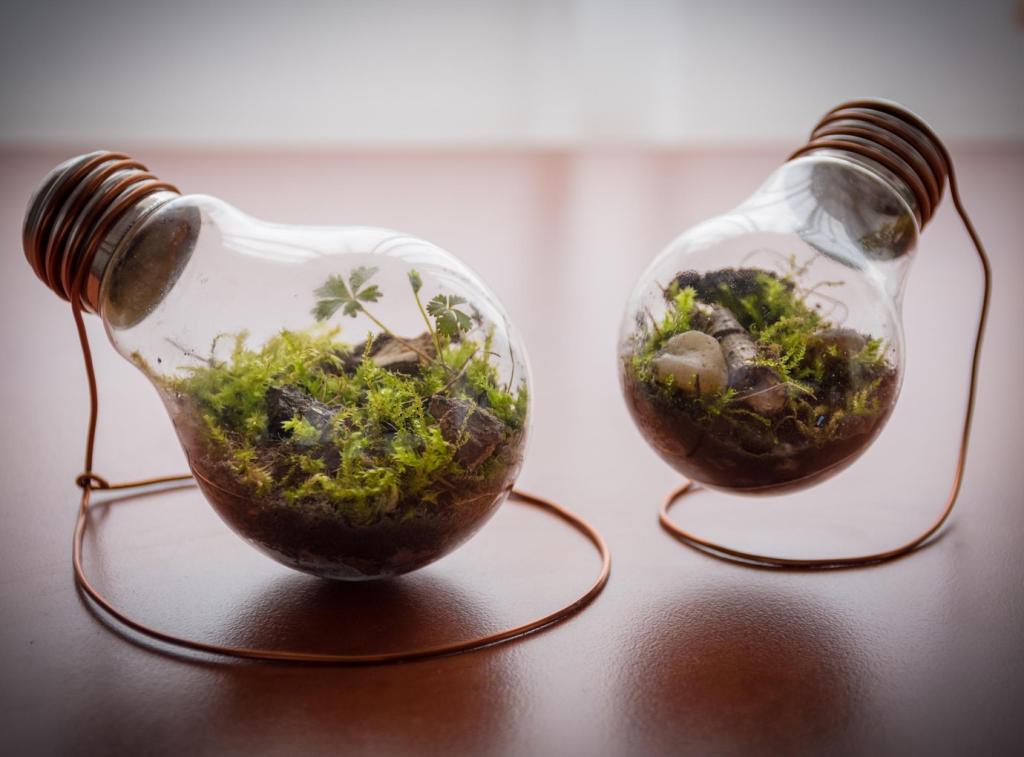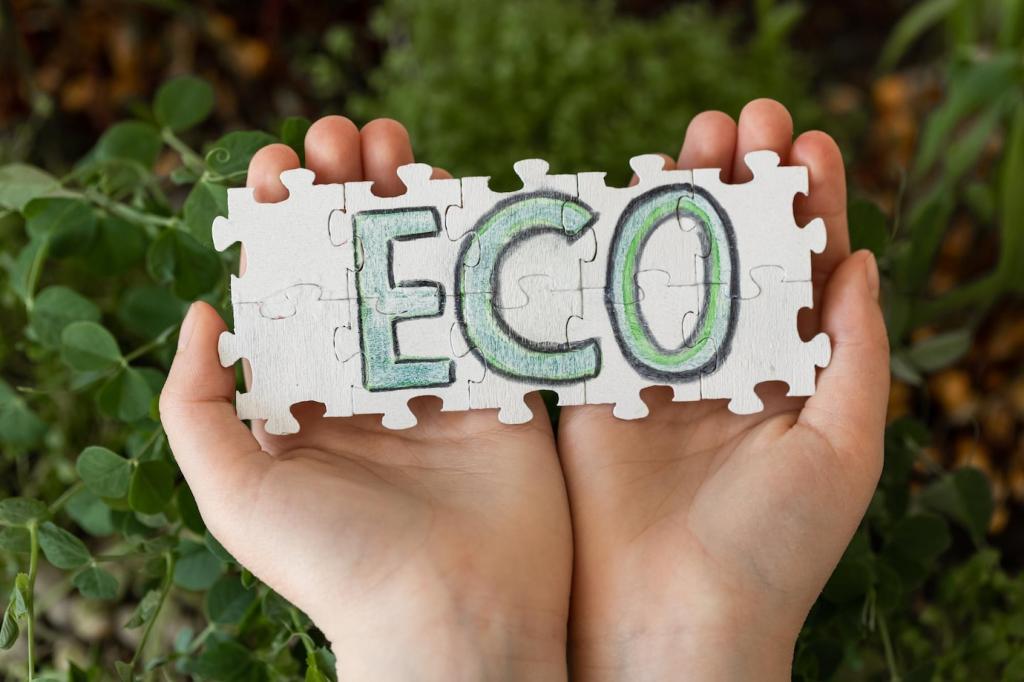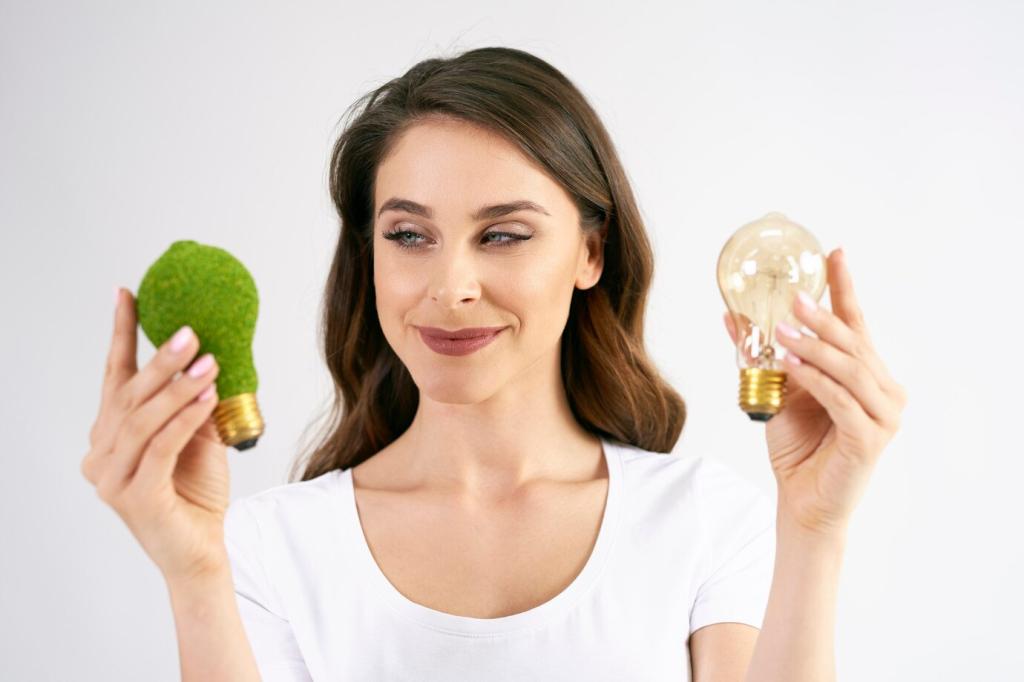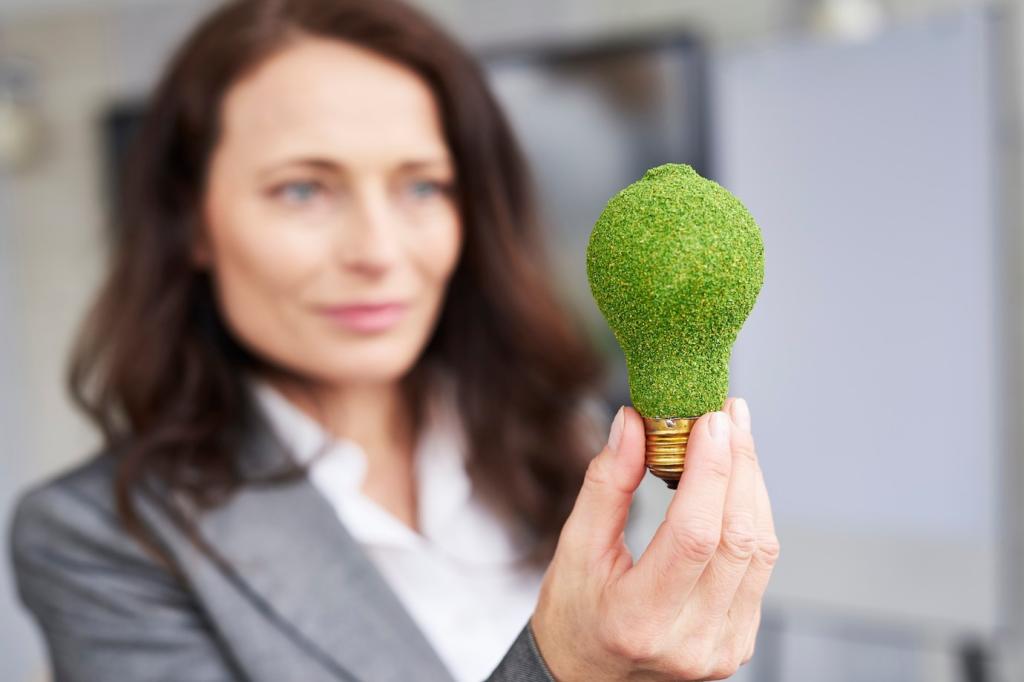Community and Future: Policy, Grids, and You
Bulk procurements, low-interest loans, and inclusive incentives make geothermal attainable for renters, schools, and small businesses. If your city is exploring building decarbonization, attend a meeting, ask about ground loops, and share this article to spark productive conversation.
Community and Future: Policy, Grids, and You
By reducing peaks and enabling demand flexibility, geothermal eases grid stress while conserving energy. Utilities notice when buildings use less at the worst times. Enroll in demand response programs and tell us how the experience worked for your home or campus.








